How to Organize a “Social Media War Room†and Rule the Internet for a Day
- Posted in:
- Essential Tips
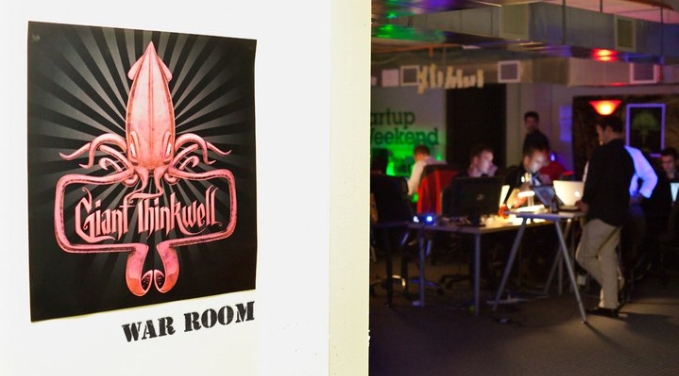
The concept of a social media war room is simple: You get 10 to 20 of your friends, arm them with laptops, and have them blast your message to as many Internet and media influencers as possible: the twitterati, the blogerati and the linkerati.
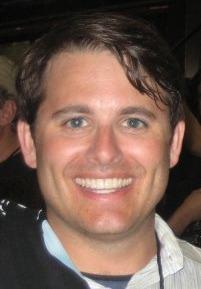 Adam Tratt.
Adam Tratt.
The Seattle startup Giant Thinkwell used social media war room tactics to promote their "Mix-and-Match" facebook game, featuring rap legend Sir Mix-A-Lot to great success. In fact, with just a day and some 20 people, they managed to get 9% of all twitter to receive at least one tweet or message about Sir Mix-A-Lot and his game. Not only that, but they managed to increase the number of likes on Mix-A-Lot's fan page from 1,200 likes to over 21,000 likes in one day.
Since eVenues provides a marketplace for event and meeting spaces, we're always looking for stories about new ways to conduct exceptional meetings, and Giant Thinkwell's war is a remarkable example. We sat down with CEO Adam Tratt to learn just what a exactly is a social media war room and got some pointers on how to organize a war room of your own.
Identify your media targets and prepare outreach materials in advance
The most important thing for Thinkwell was to identify their media targets. They segmented media into 5 categories: "local," "tech," "gamer," "music," and "business." They identified journalists and bloggers in those categories who they thought would be interested in the story based on other things they had written.
Says Tratt: "We were looking for scale and so it was journalists and bloggers who would give us that scale." Identifying those individuals, knowing how to find them, knowing where to find them and doing what they could to build a relationship with them in advance was of utmost importance.
Obviously, contacting just a few journalists wasn't enough. As far as media outreach is concerned, "It's more impactful if you're everywhere for one day, than if you're everywhere over the course of a month," says Tratt.
Being everywhere for one day, however, takes manpower. That's where the social media war room came in to. While it takes enough time to contact the top ten gamer blogs. In order to generate some serious buzz, they needed to contact the top 200. You need enough people to man the listening and communications posts. You need to provide them with the right type of ammunition--the right messaging.
"We prepared the materials," says Tratt, "so that if you walked in cold, just as a friend of the company and said, 'put me to work' we could say: 'Here's the release. Here's the messaging. Go tell the story.'"
Here's some sample messaging material (Used for Giant Thinkwell's "Baby Gaga" game launch):https://docs.google.com/document/d/1Y7ftFBH44G0r7ifLYtgoqNy6JuyFQnwdppuFr81LFc4/edit
Find Creative Ways to Reach Top Influencers
"If you're a journalist you get thousands of voicemails a day from people that want to pitch you a story, so you have to break through" says Tratt.
In order to cut through the noise and reach that top tier of media influencer they made customized video messages using Sir Mix-A-Lot. Here's an example of a video they used to reach out to Joel Johnson of Kotaku:
This creative shoutout got them a mention here: http://kotaku.com/5813927/the-time-sir-mix+a+lot-asked-us-to-sign-an-nda
"I know it helps when you've got a Grammy winning rap icon in your corner," says Tratt, "but there are lots of things we could have done without him that may have made a dent." It's all about being creative.
Prepare the War Room
Last but not least, a war room would be nothing without the proper space. Tratt admits that they had a bit of a meltdown in the first part of the day because the room they had chosen only had a single router. They eventually had to move up to a conference room which, although it did have enough bandwidth, was a bit cramped. If he were to do a war room all over again, Tratt says he'd have "a large, open space" with lots of bandwith and as many phone lines as possible. After all, 20 people on laptops streaming audio and video is going to take a little more oomph than a regular day at the office.
...
As a launch effort, the social media war room was a success. The facebook game featuring Sir-Mix-Lot wasn't. The lesson learned from this was that although the outreach effort was outstanding, people weren't interested in playing the game. This only underscores the fact that even having a brilliant campaign like the social media war room won't necessarily guarantee that people will use your product. If you don't have the buzz, however, you'll never know if your product failed because the product itself wasn't good enough, or not enough people heard about it.
As you can see social media and technology doesn't replace face-to-face meetings, but rather augments them. That's what we thought, however, until we talked to Adam Loving, a developer at BigDoor, the gamification company. Adam has developed a web tool that may replace the social media war room altogether. Stay tuned for the article next week where we talk with Loving about his web tool and see about ways in which his tool does and does not replicate the social media war room dynamics.
Be sure to follow our meeting and event tips facebook page or grab on to our RSS or twitter feed for the next installment!

 Murad IV. Better Stick to Decaf.
Murad IV. Better Stick to Decaf.
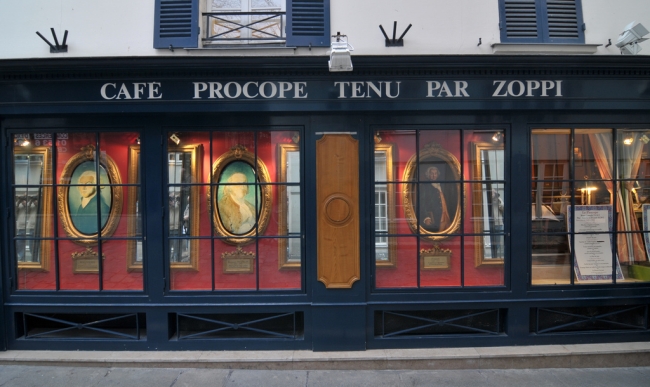
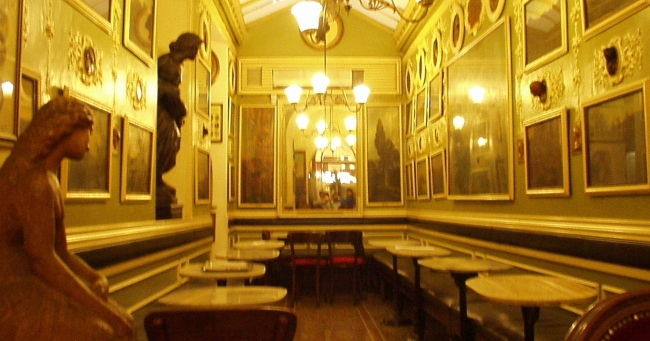

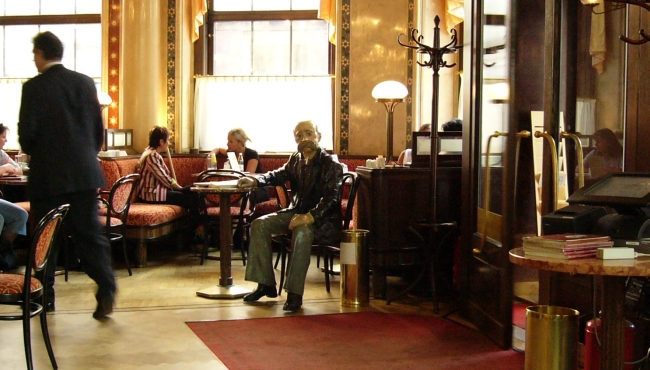

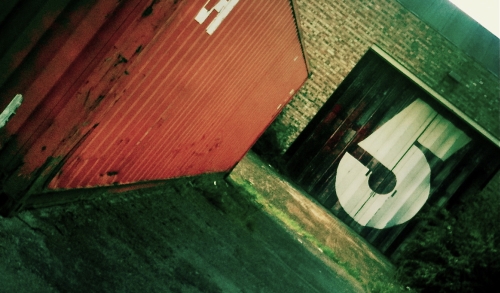 At
At